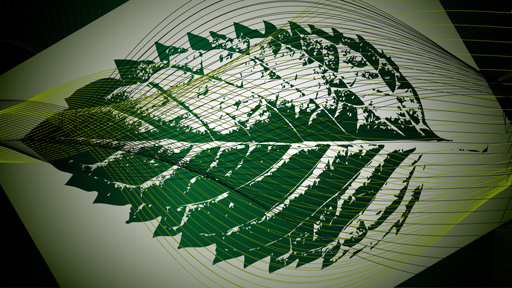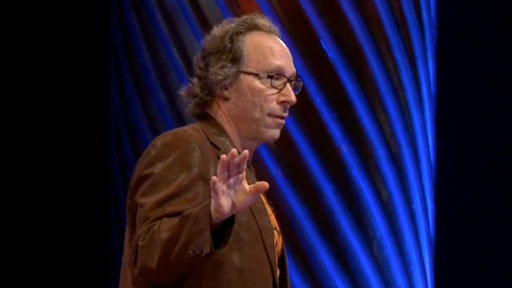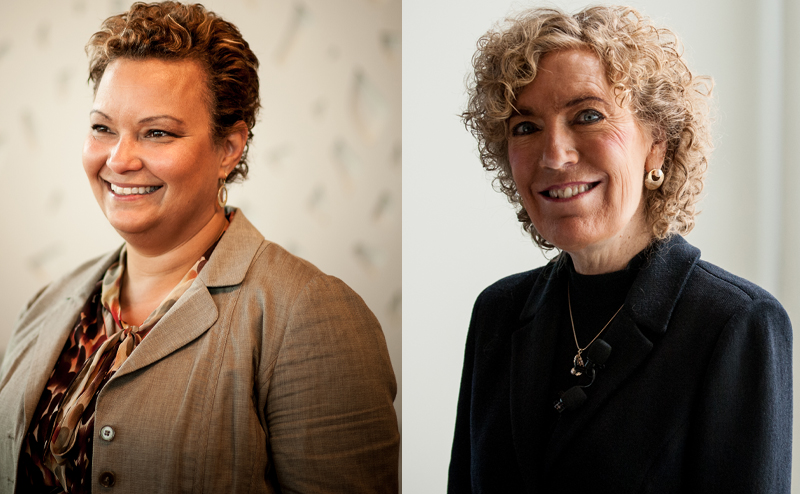Articles
I have decided to focus my “homework” leading up to the 2012 World Science Festival in New York City on two-time Pulitzer Prize-winning biologist E.O. Wilson and his recent rethinking of a long-held tenet of evolutionary biology known as inclusive fitness. The theory of inclusive fitness provides a logical mathematical framework for rationalizing kin-selection, a way to explain why some organisms sacrifice themselves to benefit their kin. While such behavior may appear to be for the greater good of a species, evolutionary biologists have traditionally pegged it to selfish motives: the built-in drive to pass on genes from one replicating machine to the next can handily explain all traits, including perceived altruism. This view is still widely accepted by many prominent scientists—Alan Grafen, Robert Trivers, and Steven Pinker to name a few. Classical genetic fitness is measured by the number of offspring an organism can produce and support. Inclusive fitness adds on to this idea by allowing the survival of blood relatives to contribute to overall fitness. An organism’s inclusive fitness includes “offspring equivalents” or relatives that share the same percentage of genes as direct offspring; a sister is as valuable as two half brothers are as valuable as four …
Read More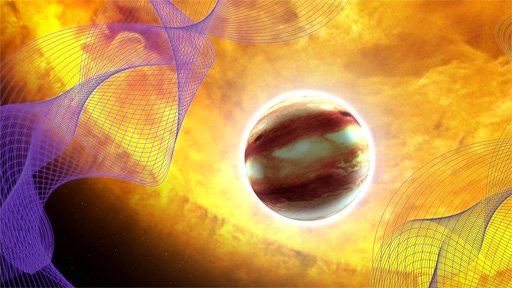
Since the first exoplanet was discovered in 1989, our knowledge of what lies beyond our solar system has increased exponentially. We have already found over 700 planets, and even a few that could harbor life as we know it. The question now is, how do we find those life-sustaining worlds? They are light years away, and given that the aliens may not have radio or Twitter to send us a message, how can we know for certain that extraterrestrial life actually exists on them? The answer comes from light. Different chemicals absorb the photons in light at different parts of the spectrum, and can be used as a fingerprint. If we image the planet, we can run the light given off from it through a machine called a spectrograph, which analyzes the data to determine the chemicals in the planet’s atmosphere. Some chemicals, which scientists call biomarkers, may hint at life on the planet. They include gasses like oxygen and methane, which are constantly produced by the respiration process of plants and bacteria. Scientists also look for a reddish tint, called the “red edge,” that can point to vegetation on a planet. None of the data is foolproof however, and …
Read MoreImagine driving across the United States without a map or GPS. How would you do it? How would you know where you are and how far you had to go? As impossible as this feat seems, millions of birds perform it every year. Traversing thousands of miles on annual migrations, Arctic terns, bar-tailed godwits, and ruby-throated hummingbirds seem to know exactly where they are going, yet for years scientists had no idea how they did it. One physicist, Klaus Schulten, thought one explanation might be that the birds could sense the Earth’s magnetic fields, perhaps using magnetite molecules in their eyes. But no one knew how that was possible. Recent research may provide a clue. Scientists now have evidence suggesting that at least some birds use quantum mechanics, the weird rules that govern the behavior of the microscopic world. A 2004 experiment involving robins showed that an extremely weak magnetic field could throw off the birds’ navigation abilities, an effect that made no sense if magnetite molecules provided the guidance, but fit perfectly with a model involving quantum entanglement, a subatomic process that allows widely separated objects to influence each other. In this model, when a photon of light enters …
Read MoreOn Thursday, May 31, I will have the opportunity of introducing and participating in an evening with the World Science Festival presenting one of the most remarkable observations in all of science: a baby picture of the Universe. In 1965, in New Jersey of all places, two young scientists who had no idea what they were looking for, observed some unexpected noise in an antenna at the then Bell Laboratories. The noise turned out to be the afterglow of the Big Bang itself. In spite of the fact that we now realize that perhaps 1 percent of the static observed on a television screen exists even when the set is disconnected from cable and tuned to a channel with no broadcasts, this harbinger of our past remained hidden until relatively recently. The significance of this signal, called the Cosmic Microwave Background Radiation, or CMBR, is so great that not one, but two different Nobel Prizes were awarded for observations of its nature. The most recent came from a ‘photograph’ that recorded the tiny “anisotropies” in the otherwise smooth background radiation. These small fluctuations—hotspots and coldspots deviating from the mean by less than 1 part in 10,000—reflect the primordial ‘lumps’ of …
Read MoreA few years ago, the Museum of Science and Industry asked 1,304 Americans to name a science role model for kids. Heavyweights like Stephen Hawking and Jane Goodall barely registered. Call us biased but we believe scientists can be every bit as riveting and inspirational as entertainers and athletes. Kids just need more opportunities to meet big thinkers. That’s the idea behind the World Science Festival’s Pioneers in Science program, an interactive event that gives middle and high school students from around the world rare and intimate access to Nobel Laureates, presidential advisors, and other trailblazing scientists.
Read More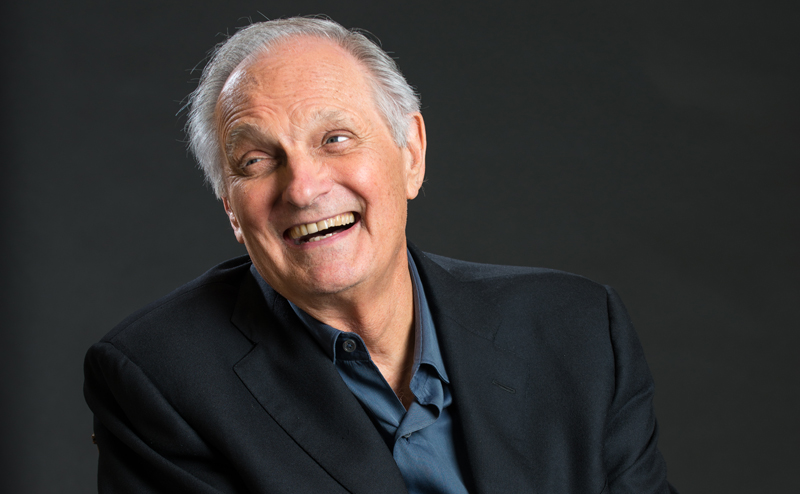
Since March 2, when actor Alan Alda and his team at Stony Brook’s Center for Communicating Science (CCS) announced the Flame Challenge—a call to scientists to explain a flame to an 11-year-old—entries have poured in from around the world. At the close of the contest on April 2, CCS counted 822 answers offering creative explanations in all forms, from videos to poems. Alda, who is an acting member of the World Science Festival and a founding member of CCS, drew inspiration for the contest from a moment in childhood when he found himself perplexed by a flame: I was 11 and I was curious. I had been thinking for days about the flame at the end of a candle. Finally, I took the problem to my teacher. “What’s a flame?” I asked her. “What’s going on in there?” There was a slight pause and she said, “It’s oxidation.” She didn’t seem to think there was much else to say. Will Alda finally get a satisfying answer? He’ll leave that decision up to 11-year-olds. Answers to the Flame Challenge will be screened for accuracy by scientists, and then judged by 11-year-olds from more than 130 schools nationwide. Names of the finalists …
Read More







